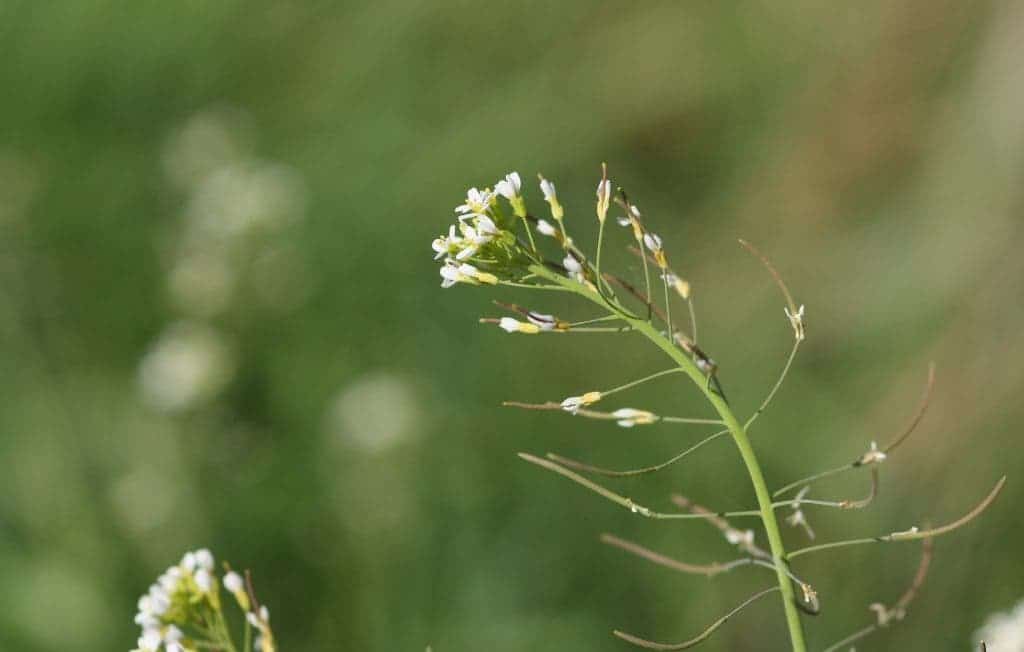There’s always something new to discover, even if you’ve looked at it thousands of times. After decades of research, scientists have just found a previously unknown structure called the “cantil” in the Thale cress (Arabidopsis thaliana), which is considered one of the most widely studied organisms in biology across time.

A model planst
It doesn’t take a biologist to know what the Thale cress looks like. The sturdy plant is a non-commercial member of the mustard family native to Africa, Asia, and Europe, where it sprouts in sandy soils or even in gaps in concrete. It’s been used in countless experiments over time, becoming a staple in science because it’s inexpensive and produces many seeds. It has even been grown on the International Space Station (ISS) a few years back.
The plant was first scientifically described as early as the 16th century, and continues to be studied as a model organism to explore plant genetics and development since the 1940s. By 2015, scientists had written more than 54,000 papers about Arabidopsis, and since then, about 4,000 more have been published each year. We know a lot about it, or at least we thought so.
“I first observed the cantils in 2008,” plant biologist Timothy Gooking, lead author of the new study, said in a statement. “I initially didn’t trust any of the results. I thought it must be an artifact of genetic contamination, perhaps combined with environmental contamination of the water, soil, fertilizer or even the building air supply.”
The newly discovered structure, named cantil, isn’t hidden or anything like that. While the flower-bearing stalk grows out of the main stem of the plant, the cantil grows horizontally from the stem – holding the flower stalk farther out. It’s hard to miss if it forms, but it’s rare and only forms only under a set of specific conditions.
A new organ
As it turns out, the cantil only appears in some plants when after a delay in flowering during spring, and only if daylight is limited. Cantils make the plants look like they have bent elbows whereas those without this organ look straight. It took the researchers twelve years of investigation and looking at thousands of plants to make this discovery.
“This study required the growth of 3,782 plants to full maturity and the manual inspection of over 20,000 flower-bearing stalks in 34 unique plant lines,” said Gookin. “I finally deemed the cantils a natural phenomenon after identifying them in wild-type plants from different sources, which were growing in independent locations and diverse conditions.”
Gookin believes the discovery of cantils provides important clues for understanding the conditional growth of plant structures in response to their environment. The cantils could represent a highly repressed ancestral linkage between different types of flowering plant architectures. Further research will likely follow to further understand what’s going on.
University of Toronto biologist Nicholas Provart, who wasn’t involved with the study, told National Geographic that the cantils likely don’t confer a clear benefit to the plant since the organ appears only in special conditions. Still, he highlighted how far Gookin went to further understand the structure of what’s probably the world’s best-studied plant.
The study was published in the journal Development.


